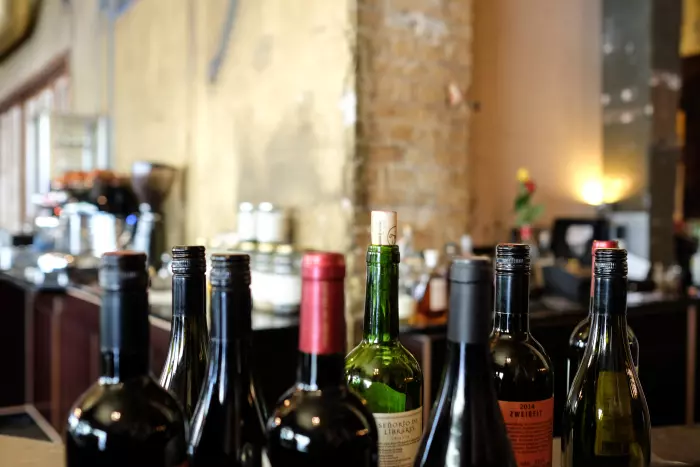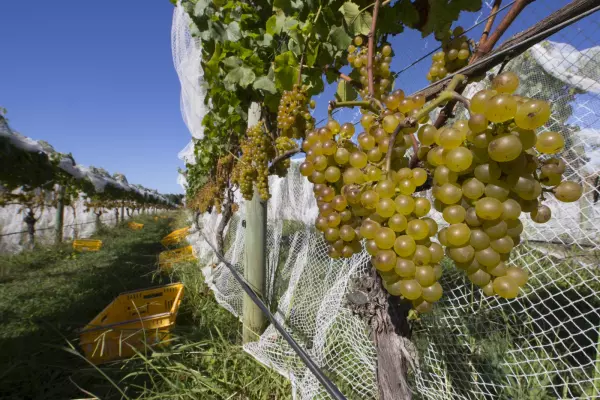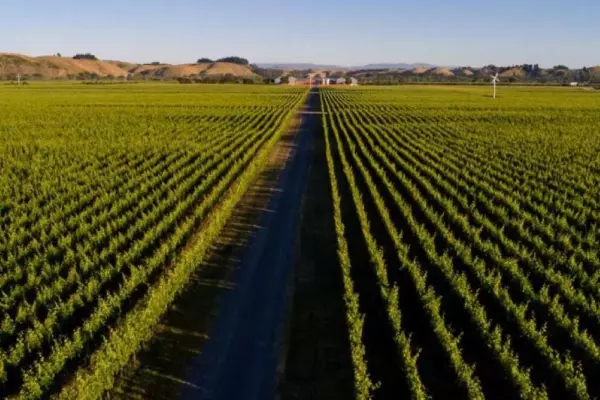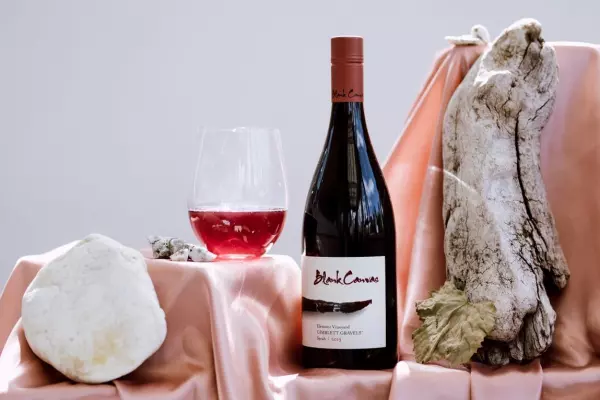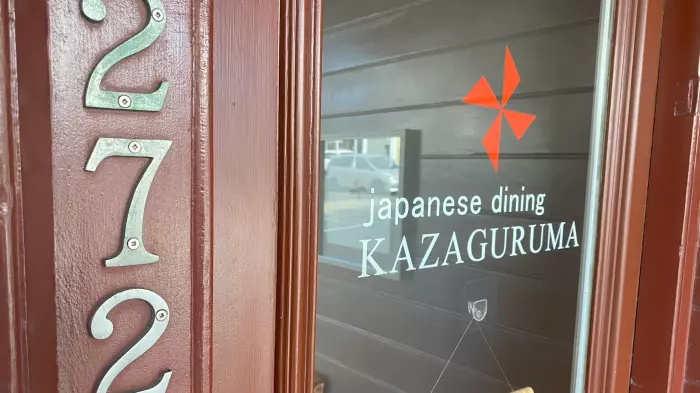By 2001 many, New Zealand wine producers had had a gutful of cork. Unacceptable levels of ‘cork taint’, a mouldy, wet, cardboard character in wine primarily caused by high levels of the chemical 2,4,6-trichloroanisole, which is found in cork. Around 10-to-15 percent of wines were affected on average with some winemakers claiming that 40 percent or more of some wine batches were “off the pace”.
In 2000 a group of wine producers in Australia’s Clare Valley banded together and bottled all or part of their riesling production under screwcap. Public acceptance of the new closure was good enough to encourage several NZ winemakers to follow suit. Many began to trial screwcaps, while a few brave souls jumped in the deep end and bottled commercial quantities under the new closure.
Screwcaps are now the closure of choice for most NZ and Australian wineries and wine drinkers, while the rest of the world moves slowly against the tide of tradition. An estimated 97 percent of NZ’s wine production is sealed with screwcaps with the balance spread between cork, Diam (cork chips glued into a cork shape) and Vinolok (a glass stopper).
Cork manufacturers fought back by trying to reduce, or hopefully eradicate, cork taint. As a result of refinements in the cork production process the incidence of cork taint did drop significantly. Amorim Cork, the world’s largest cork producer, recently released a closure they claim is “… the world’s first natural cork with a non-detectable TCA performance”, effectively free of cork taint.
I would be surprised if any Kiwi winemakers switch from screwcaps to taint-free cork. Compared to corks, screwcaps are easier to open and re-seal, they at least double the drinking window of wine, are more resistant to damage from poor storage conditions, are cheaper and, perhaps most importantly, are far more consistent than corks.
My own screwcap vs cork trials have convinced me that screwcaps are the superior closure for white wine and light to medium-bodied reds including pinot noir. But how will seriously age-worthy reds respond to 20 or 30 years under screwcap? It is the 20th anniversary of screwcaps in this country. I guess we are about to find out.
Well known Hawke’s Bay wine producer, Trinity Hill has been making their flagship Homage Syrah since 2002. Every vintage until 2017 has been sealed under cork. From the 2018 vintage it will be sealed with a screwcap. The decision to change was not made on impulse. Winemaker Warren Gibson explained they had been conducting screwcap vs cork trials on reds since the 2000 vintage. From the 2013 vintage Trinity Hill has packaged every wine under screwcaps … except Homage.
After extensive trials Gibson established that the wine under screwcap was softer and smoother, had better colour and an “openness” on the nose and palate, was approachable earlier without compromising age-ability and the wine needed considerably less SO2 addition.
Gibson wrapped up by saying: “It is now time to move on; the 2018 Homage is bottled under screwcap. Why? Quite simply, it is better wine for it, both now and in the future. End of story.”
I counted 68 NZ red wine brands with a price tag of more than $100 in my “wines tasted” database. Forty-six were sealed with a screwcap, 17 with a cork and five with a Diam closure.
I can honestly say, hand on heart, that if I were buying a wine for investment or long-term cellaring, I would restrict my choice to wines with a screwcap.
Bob’s Top Picks
For the investment cellar
Trinity Hill 2018 Homage Syrah, Hawke’s Bay $150
A fine example of a well-respected flagship syrah with an impeccable provenance, made in limited quantities and has the potential to develop for another three decades with careful cellaring. Seamless, silken-textured wine that qualifies for icon status.
For the weekend

Collaboration Wines 2018 Aurulent Chardonnay, Hawke’s Bay $37
Impressive chardonnay with precision and energy. Vibrant wine with white peach, grapefruit, toasted nut, oyster shell and spicy oak flavours. Complex and very stylish. Beautifully accessible now but no rush. Made with a light touch.

Burn Cottage 2017 Burn Cottage Vineyard Pinot Noir, Central Otago $70
I never swallow samples when tasting but I got pretty close with this pinot noir. It is just so damn delicious with layer upon layer of fruit and savoury characters that almost defy description. Ripe plum, violet, wild thyme, anise and spicy oak are clearly evident. A tease of fruit sweetness is balanced by gentle tannins and subtle acidity that drive a very lengthy finish.
You can read more from Bob at www.therealreview.com


